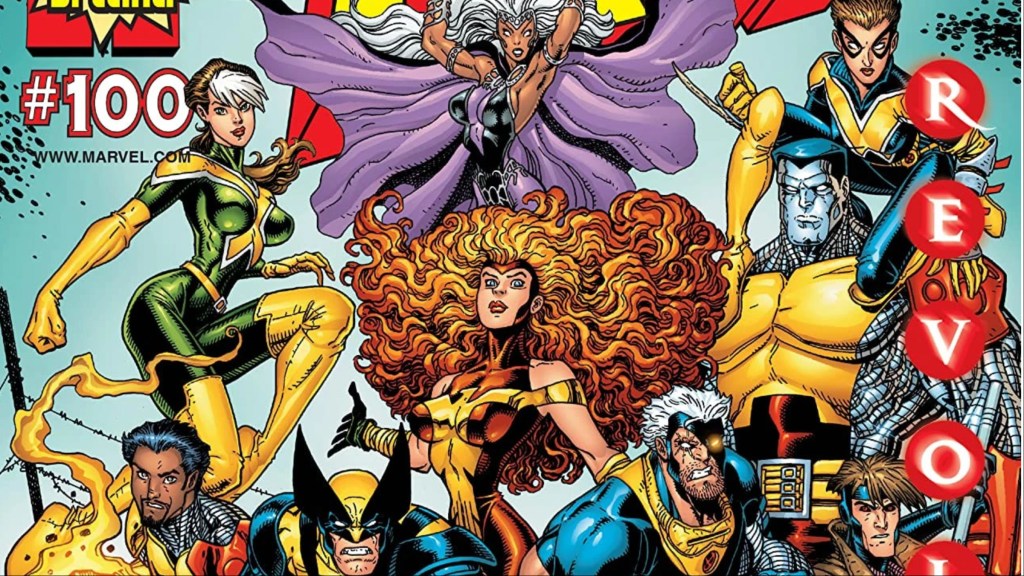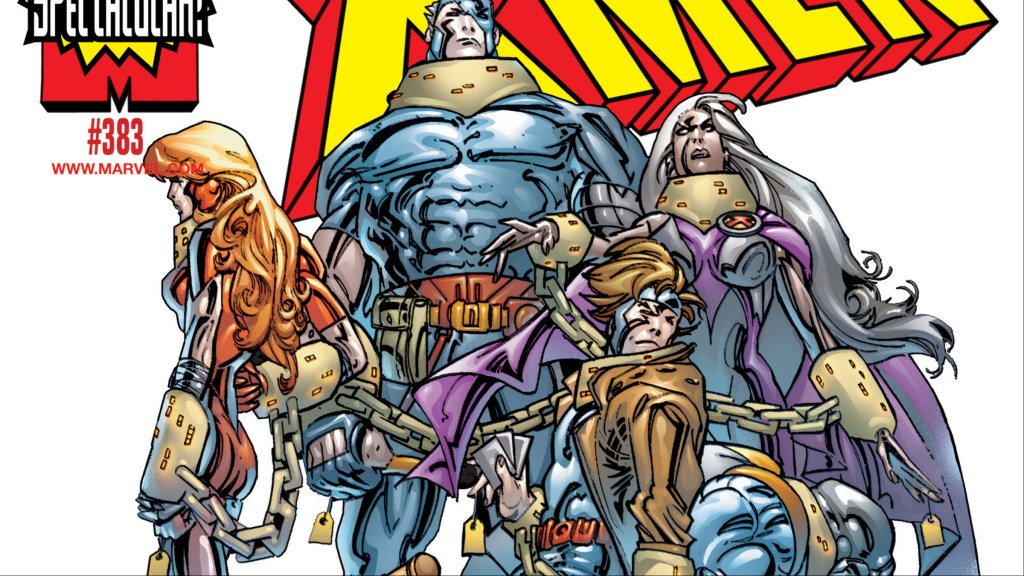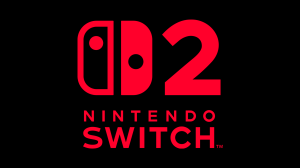The X-Men are one of Marvel’s greatest success stories. Created by Stan Lee and Jack Kirby back in 1963, the team was easily the last popular of the Lee/Kirby creations of the ’60s. It sold enough to keep being published, but not enough to keep putting out new stories and would become a reprint book with issue #67. Four years later, Giant-Size X-Men #1, by Len Wein and Dave Cockrum, would introduce a whole new team of X-Men, and grabbed readers’ attention. However, this was just the beginning, as X-Men (Vol. 1) #94 would see writer Chris Claremont took over as writer of the team with Cockrum staying on as penciler.
Videos by ComicBook.com
Chris Claremont changed the X-Men forever. The writer wrote the team until 1991, and made them the most popular team in comics. The scribe created an entire corner of the Marvel Universe, and was responsible for some of the best Marvel stories of the 1980s. He left the team at a high point, and they stayed popular throughout the decade. However, sales in the industry went down, and that affected even the juggernaut that was the X-Men. At the end of 1999, a major announcement was made: Claremont was coming back in the years 2000. What followed is one of the most maligned periods in X-Men history.
Claremont’s Return to the X-Men Didn’t Set the Industry On Fire

Claremont returning to the X-Men was a very big deal for fans of the team. The ’90 were great for the X-Men… for a while, that is. The books rode high in the years directly after the legendary writer left the books, buoyed by some of the greatest artists working at Marvel, like Jim Lee, Whilce Potracio, and Rob Liefeld. When they left to form Image, writers Scott Lobdell and Fabian Nicieza took over the books, and artists like Andy Kubert, Brandon Peterson, and Joe Madureira all came aboard at different times. Writers Joe Kelly and Steve Seagle would took over as scribes of the book, joined by Carlos Pacheco, Adam Kubert, Leinil Yu, German Garia, and Chris Bachalo, with the decade finished out by Alan Davis, teaming with Kubert, Yu, Bachalo, and Tom Raney. However, sales had fallen and the books needed some energy.
Claremont was meant to be that energy. Yu, Adam Kubert, and Raney would stay on the books and Wizard magazine would publish an article with previews of the new costumes, and where the writer was going to take the characters. We learned about the big bads of the new Claremont run: the Neo, a new race of mutants who were deadlier than what came before. Fans were stoked, and when X-Men (Vol. 2) #100 and Uncanny X-Men (Vol. 1) #381 came out, they sold like hot cakes. However, cracks would start to show immediately.
Fans of Chris Claremont know that his style of writing is very verbose. While this definitely helped wet the emotional stakes of his stories, things had changed by the year 2000. Comics were written in a different way, and Claremont hadn’t changed at all. I personally love his style, but for a lot of fans who got into the X-Men books after Claremont left, his style wasn’t what they wanted. It honestly felt like a throwback to another age of comics and that turned a lot of people off. He also basically ignored nine years of development, writing versions of the characters that were nothing like what a lot of newer readers were used to.
The Neo were another problem with the run. They were interesting villains, but Claremont seemed to think he was going to have way more time on the books and didn’t really build them up as quickly as he should have. They were just dangerous villains attacking the X-Men, and while that was cool, we didn’t learn enough about what made them interesting. Claremont was writing old school comics, down to the way he structured the stories. These were meant to be longterm plots that would be set up over multiple issues, the same way he used to tell his stories. However, a changing of the Marvel editorial guard and lower than expected sales ended his run after nine issues of X-Men and Uncanny X-Men, with Claremont given another X-book to tell his stories.
Claremont’s Return Was a Disappointment for Readers

I’m going to level with you: I love this short run of the X-Men. Claremont’s style of comic writing really does it for me, the art is fantastic, and the Uncanny X-Men team of Gambit, Phoenix, Beast, Cable, and Storm was awesome. However, even though I enjoy these comics, I can see why people didn’t like them. It was sold as this amazing return of one of the greats, but none of the stories are anywhere near as interesting as what came before. It was honestly more of the same for X-Men fans. It played off the past, meant to appeal to nostalgia, but the problem with that was that the ’90s had been full of that. We didn’t want that anymore; we wanted the Claremont who innovated, not the one playing the hits.
Claremont would be replaced by a returning Lobdell and Nicieza, who were a stop gap measure. New Marvel editor in chief Joe Quesada moved Grant Morrison, who had joined Marvel in 1999, and Joe Casey to X-Men, which would be rechristened New X-Men, and Uncanny X-Men respectively. They took the teams in new directions, and had the success that the second Claremont run lacked. If you love the X-Men, I still recommend X-Men (Vol. 2) #100-109 and Uncanny X-Men (Vol. 1) #381-388. They aren’t great, but they’re interesting, and sometimes that can be a lot of fun. As long as you don’t go in expecting the second comic of “The Dark Phoenix Saga”, you’ll have a good time.
What did you think about Claremont’s second X-Men run? Leave a comment in the comment section below and join the conversation on the ComicBook Forums!









